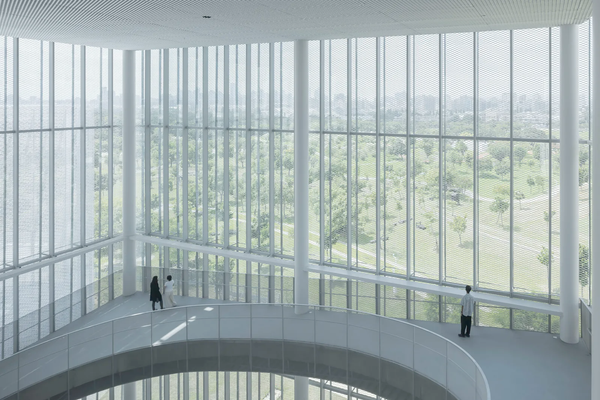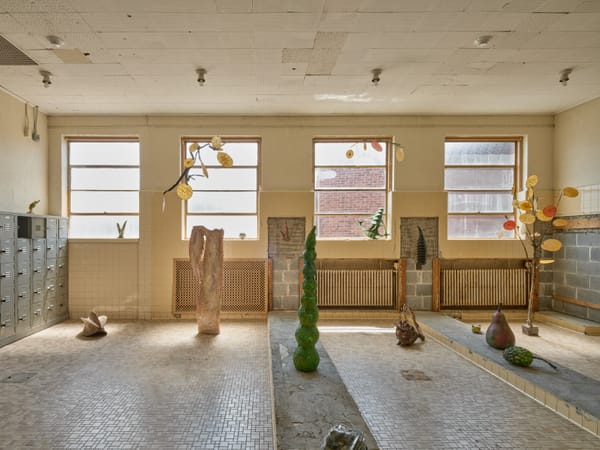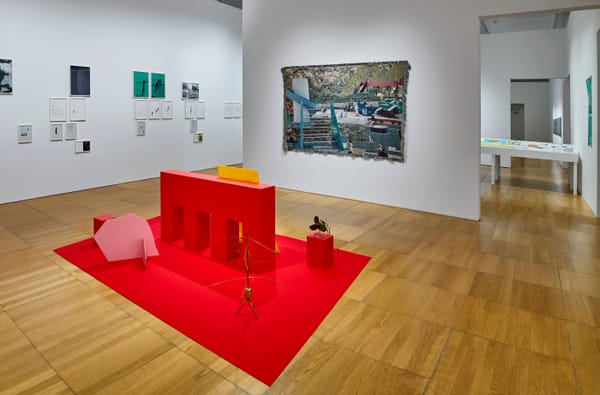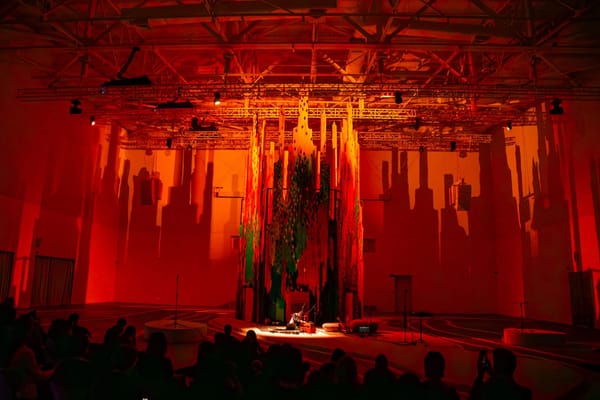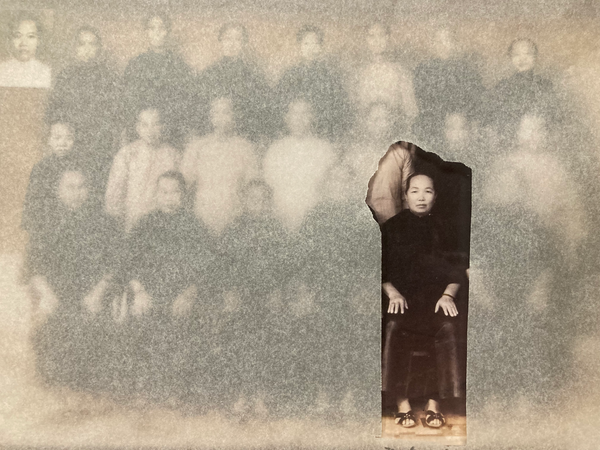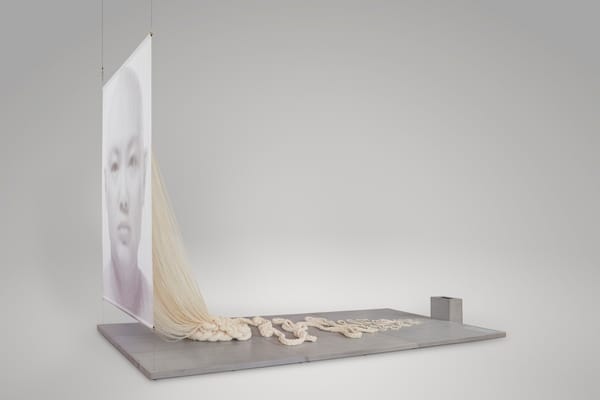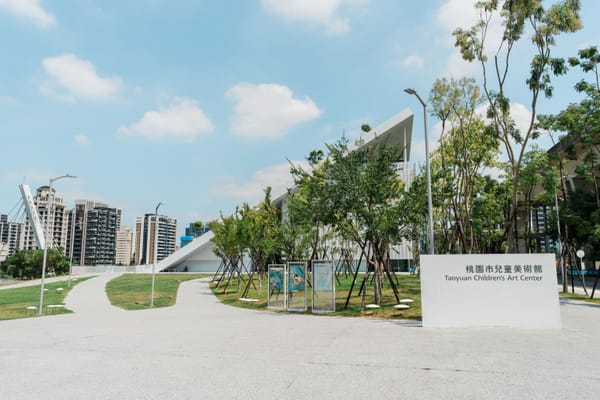Shows
Globalization and the Lives of Materials in Yin Xiuzhen’s “Along the Way”


Hung dramatically by itself on a sprawling wall in Yin Xiuzhen’s solo show at Pace was Butter No. 6 (2021), a large-scale photograph capturing an unyielding plane of grey conrete being penetrated by a soft cube of yellow butter. The compositions of Yin’s Butter photographs (2017–21) are simple without being facile, and their stark material contrast of concrete and butter typifies the Beijing-based artist’s playful balancing of material opposites. Her first solo show in New York in over ten years, “Along the Way” presented more than 20 sculptural works produced from 2010 to the present.

Among the debut works were Yin’s flat porcelain slates, hung on walls like canvases, with lacerations through which bits of used clothing erupt and force their way to the surface. In Wall Instrument – Summer (2019–21), the surface of a smooth, glossy porcelain sheet is punctured with fissures that look like festering open wounds, with clothing tags, buttons, and pearls bursting through. These openings repurpose the smooth porcelain surface as skin, as easily vulnerable to trauma as human flesh. Clothing seems, at first, immiscible with porcelain, but Yin has managed to homogenize these two conflicting materials by transforming porcelain’s expected visual purity into contested corporeal landscape.
Works like Spring Equinox (2020–21), with its straight incisions enlivening its surface, recall Lucio Fontana’s Cuts, which the Italian-Argentinian artist created by slashing canvases (“I do not want to make a painting; I want to open up space,” he quipped). But unlike the formal hermeticism of Fontana’s works, which were primarily concerned with the spatial properties of painting, Yin’s usage of old clothing in her cuts constellates a broader sociality beyond strictly formal concerns. By juxtaposing the preciousness of porcelain, which is intimately associated with Chinese tradition and artisanship, with the disposability of mass-produced clothing, Yin registers the scale of industrial change in late 20th-century China through the lives of materials.
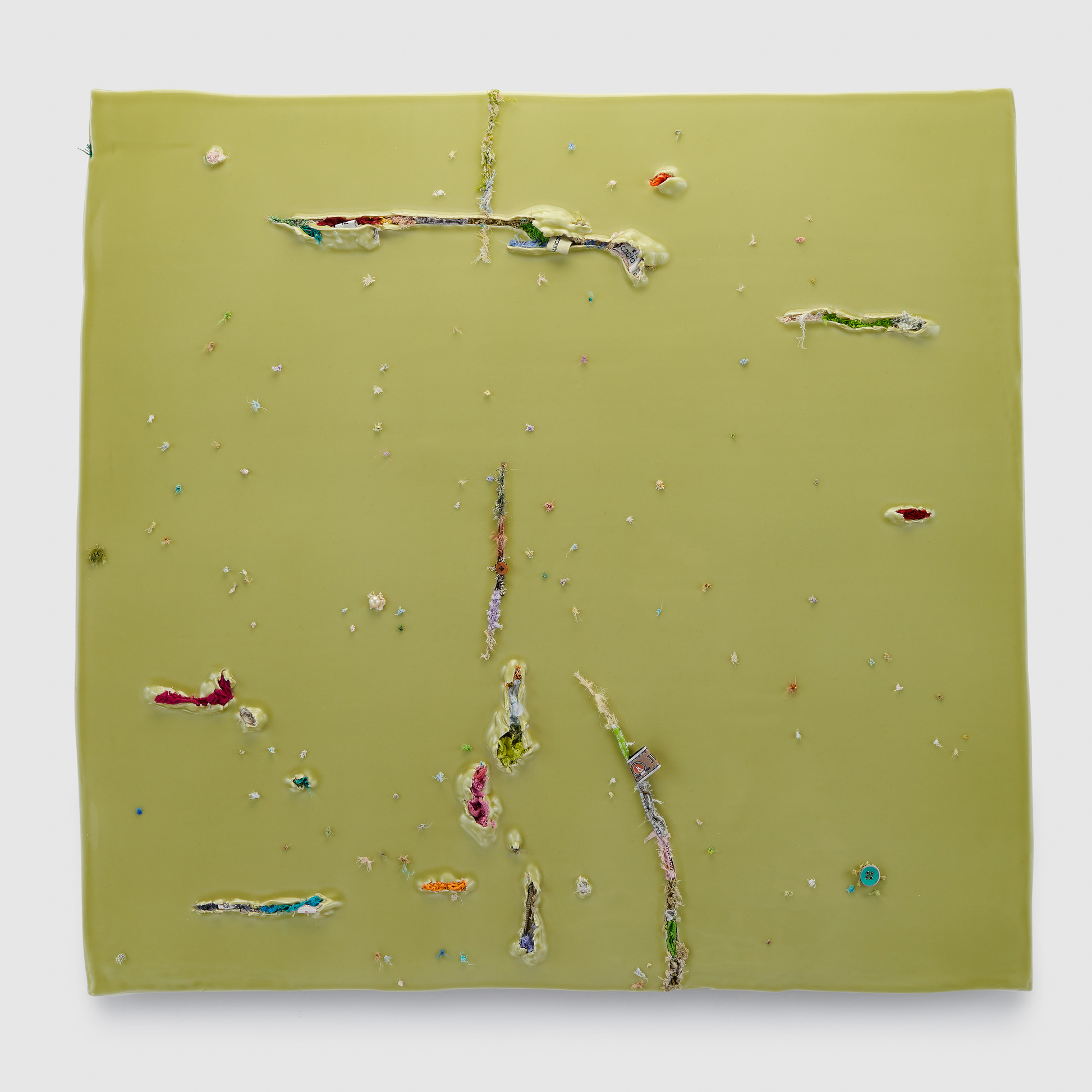
Yin has used clothing as a material in her works since her first solo exhibition in 1995, for which she created Dress Box (1995) by stacking childhood clothing in a suitcase and then filling the suitcase with cement. She traces her interest in fabrics and sewing to watching her mother, who worked at a garment factory when Yin was a child during the Cultural Revolution (1966–76). Clothing plays a pivotal role in Yin’s practice as a symbolic second skin that bears and carries the traces of the wearer’s experiences, yet it is a type of skin that is not a clear delineation or membrane separating the body from the rest of the world, but rather a malleable frontier that lets the world in and indexes our collective material trajectories and attitudes towards consumption and disposability.
Indeed, an abiding interest in her practice over the last few decades has been the rapid post-industrialization and globalization of late 20th-century China and their attendant time-space compression and impact on materials. In the installation Sky Puzzle (2020), a dozen colorful fabric suitcases are suspended from the ceiling, each one depicting iconic buildings of a country. It runs the risk of being too heavy-handed in its allegory of globalization, but the unwieldiness of the concepts invoked—collective history, growing global economy, and so on—is cut through by the playfulness of the pendulous sleeves dangling from the suitcases in mid-air like pantyhose. The clothes used for each suitcase once belonged to residents of the corresponding country, and were collected by embassies during the 21st United Nations Climate Conference. Yin neither explicitly celebrates nor laments neoliberal internationalism but is rather interested in what such developments do to the lives of materials, whether rendering them more ephemeral and disposable or more necessary and precious. “What is saved and what is discarded is always a reflection of how we value materials,” Yin explains. “When we reuse materials that come from people’s experiences, we come to a new recognition of the concept of the ‘readymade.’”
Yin Xiuzhen’s “Along the Way” was on view at Pace, New York, from May 21 to June 26, 2021.
To read more of ArtAsiaPacific’s articles, check out our Digital Library.
